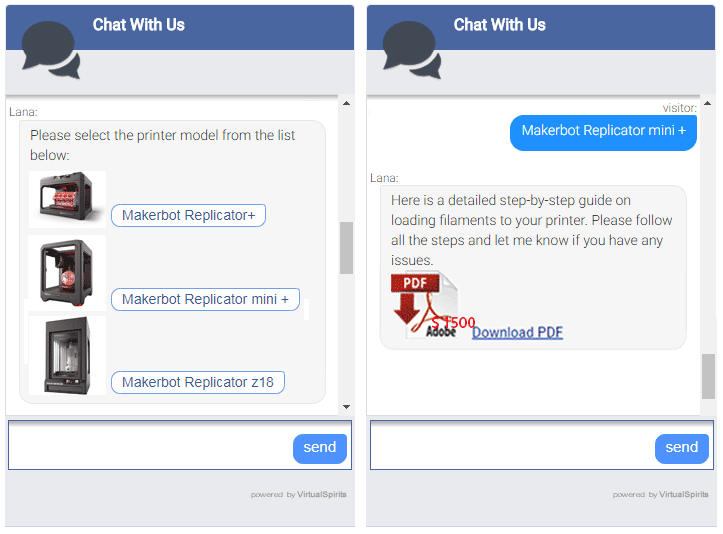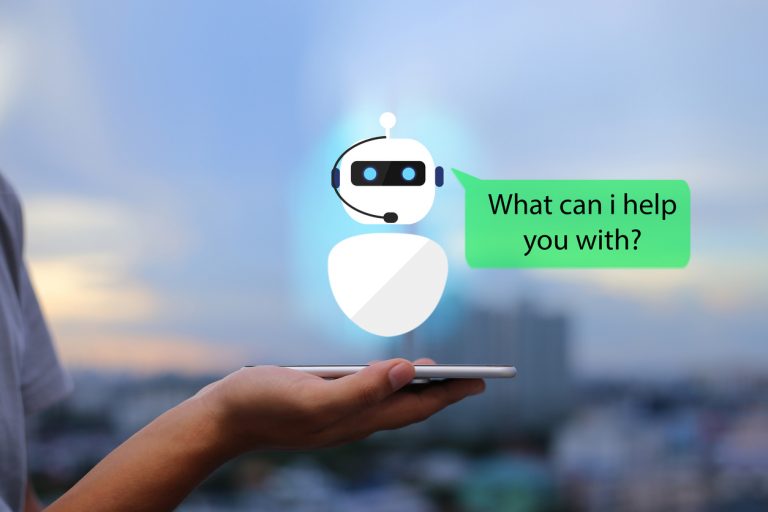

A recent study by HubSpot found that 90% of customers expect an immediate response when dealing with customer service. Better customer serviceĬustomers today expect a more rapid and easy resolution of their issues than ever before. There are many benefits for businesses from deploying chatbots. (Learn more about NLP in customer service.) The benefits of using chatbots These modern chatbots provide more functionality, a better user experience, and an overall more lifelike conversation that can drive customer engagement. However! It’s becoming more common for organizations to use chatbots with more complex processes such as natural language processing (NLP) and machine learning. These words will trigger the bot to produce a response. Many chatbot systems’ AI works by taking basic inputs (like an answer to a yes/no question that you might click on a website’s chat box) or by simply scanning for identified general keywords. By this time, organizations around the world were adopting chatbots for a variety of business-focused use cases. Facebook opened its developer platform in 2016, espousing the capabilities of its Messenger chatbot. Soon, chatbots would be evolving way past pattern matching techniques with capabilities like real-time learning through evolutionary algorithms. This application was one of the first capable of learning new responses instead of being driven by canned dialog from a database.

In 1988, Rollo Carpenter created Jaberwacky, a British chatterbot that was built to "simulate natural human chat in an interesting, entertaining, and humorous manner". The chatbot’s humble beginnings stem from an attempt to satisfy the criterion of the Turing Test and prove the existence of artificial intelligence. Chatbot examples down the ages: A quick history of chatbot use casesĬhatbots have been around in some form for more than 50 years, but have evolved a lot since their inception. Other revenue-focused teams use chatbots to more efficiently qualify leads and drive large sales pipelines. Many businesses use chatbots and AI in customer service for routing contacts or gathering information.

Today, chatbots are used in a wide variety of industries and for diverse purposes. More importantly, they can help take a lot of the burdens of repetitive questions, straightforward requests, and other low-value tasks from agents’ plates-while helping a contact center hit its customer service objectives.Ī chatbot is essentially a computer program or script that can interact and respond to humans in a real-time “conversation.” Depending on the technology used, the chatbot can answer with canned responses, handle different degrees of basic requests (sometimes referred to as second and third tier issues), and/or direct a customer or caller to the best live agent for the job. In fact, as you’ll see from the examples below, chatbots have become an integral part of the customer journey. But chatbots have actually come a long way-and I’ve pulled some of the best chatbot use cases to show just how varied and, dare I say, smart they can be. When you hear the word “chatbot”, what’s the first thing that comes to mind? Like many of us, pain and frustration could be your initial associations.


 0 kommentar(er)
0 kommentar(er)
